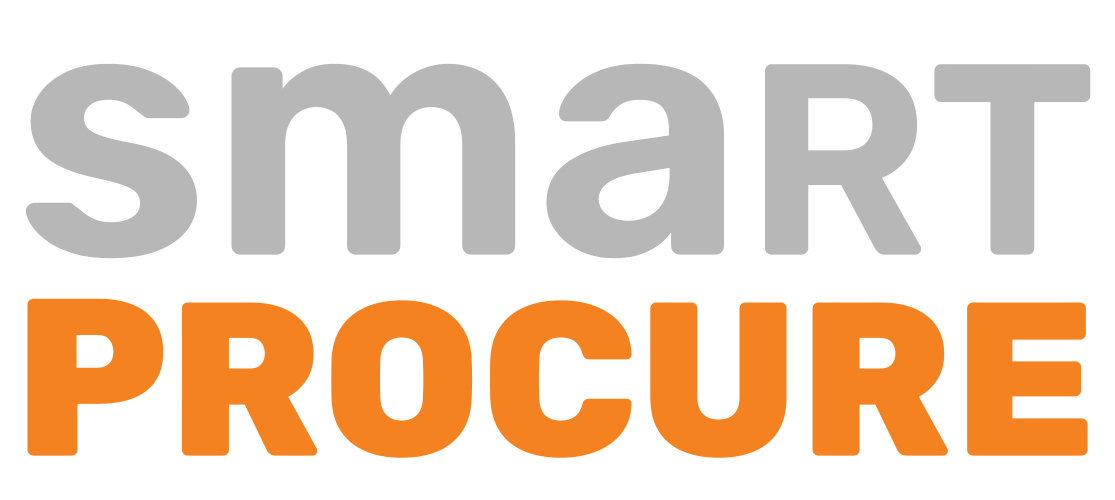Purchase flowcharts strengthen your planning by showing you all the stages of the process while managing your business processes. Move forward step by step. Properly designed flowcharts automate your processes.
Purchase flow chart is a diagram including the steps you can follow for the process of purchasing and the system that can be integrated into a system.
You can use a variety of software to create purchase flowcharts or you can create your own using a number of presentation apps. Programs designed specifically for flow schemes can be used to create purchase flow charts.
Procurement software helps you to automatically prepare a schema for the purchase process you select. Helps you align flowlines and symbols. You can easily share flowcharts.

In a flowchart, after the receiver receives a stock advice from the warehouse, the purchase agreement is checked. If the purchase order is submitted, the purchaser will then request the supplier to send the material. Otherwise, the paper is filled out and sent to the supplier. The receiving material is reported as being received. Purchase flowcharts also help you see how often vendors’ payments are deferred due to a missing purchase order. The steps regarding the procurement process are as follows:
-
Creation of order request
-
Receiving the purchase requisition by a created request/request form to the purchasing department
-
Price study of the requested product (quality-performance-price survey)
-
Review of supplier offers
-
Choosing the suitable supplier
-
Is the supplier on the current list? Add the product to the approved supplier list if it does not exist and update the information.
-
Preparing the proposal form and obtaining its approval
-
Performing required corrections if no approval is obtained, ordering if approval is received
-
Confirmation by the vendor of the order
-
Receiving materials upon confirmation
-
Checking the received materials
-
Checking the payment if the materials are missing, contacting the supplier, and delivering the materials to the requesting person if they are not missing.
-
Finally, supplier assessment

Meet the most modern way to plan your workflow
Seamless purchasing management with our visionary and user-friendly solutions
If You Want Call First
What Does the Purchase Contain in the Flowchart?
Three steps stand out in the purchasing flow chart. These three steps are: export materials, material request, monthly payment. At the export materials step, the process begins once the requester fills out the material request form. The warehouse supervisor takes the request forms and checks them. The materials are forwarded to the person requested and the person requesting the materials fills in the note and archives the paper.
At the request stage; the requester fills out the material request form, the warehouse supervisor receives and checks the request form and the materials are forwarded to the requesting person. The requester fills out the material note and archives the paper. At the monthly payment step: the accountant or finance supervisor obtains the material request forms from the warehouse supervisor. Receipts are also received. Inventory information is available. The declaration of statistical information is made according to the accounting principles. The purchasing manager performs the final checks and the purchasing reports are sent to the relevant units.
Purchase flowcharts are mainly composed of these steps, but they can be expanded and customized to suit your business. Depending on your business, flowcharts that you can customize allow you to easily manage more specific operations.
You can use purchasing software when creating flowcharts. Integrated systems will allow you to check your compliance with the diagram. The diagrams you will use to manage your purchasing processes will also facilitate purchasing control. This way, you can prevent potential risks and prevent unwanted situations for your business.
Software that you can follow in the cloud will allow you to share flowcharts with different people. It will be possible to develop more tangible solutions, as diagram purchasing processes and visuals will also be created.
